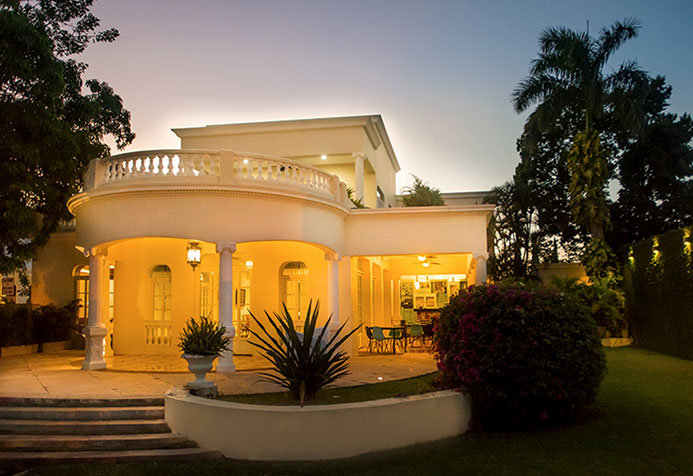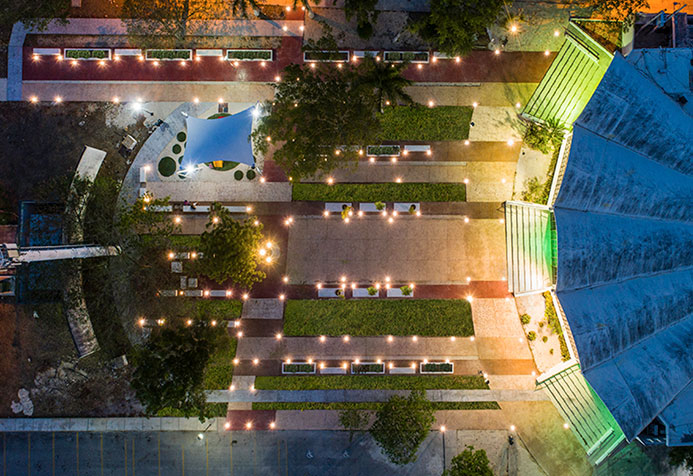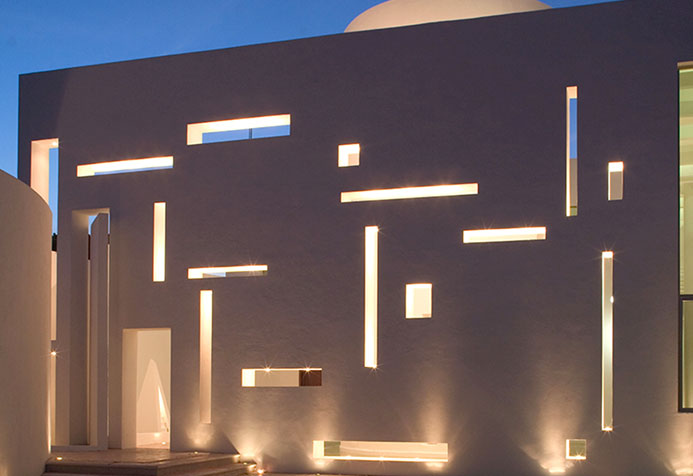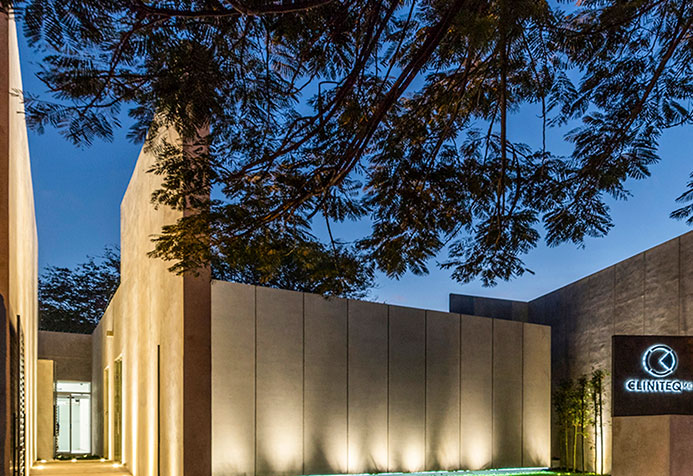Architect Arturo Campos Rodríguez
Arq. Arturo Campos Rodríguez has a specialty in Architectural Acoustics, from the Superior Technical School of Architecture.
He studied Restoration at the University of Florida, Environmental Design at the University of Wisconsin, and Architecture of the Imagination at Harvard University Edx, Graduated School of Design. He was a collaborating architect in the construction of the Basilica of the Sagrada Familia in Barcelona, carrying out, among other things, the design of the Finestrales del Abside, Cantorias del Gineceo and the construction of the Cloister of La Pasión. He has received various national and international awards and is currently the director of the Arturo Campos Arquitectos Firm, in Mérida, Mexico.
WHAT SCIENTIFIC EVIDENCE IS THERE TO SUPPORT THE BELIEF THAT MUSIC STIMULATES PLANTS? AND IF THERE ARE, WHAT ARE THE BENEFITS REPORTED?
This is a consideration that has been held for a long time, some studies have been done on it and it seems that music, since it is a vibration, travels through the air and when received by living organisms, in this case plants, they react to that vibration. Some studies that have been done are for example by Charles Darwin, others from the University of California where with music by Mozart they stimulated plants (Mozart effect). Apparently, there is still much to investigate to be able to corroborate this issue.
WHAT ARE THE URBAN DESIGN PARAMETERS IN TERMS OF ACOUSTICS, WHAT CONSIDERATIONS SHOULD BE TAKEN AND WHAT SHOULD WE AVOID WHEN DESIGNING THESE TYPES OF SPACES?
In urban design, acoustics and sound itineraries are very important, unlike sight -with which we can distinguish the routes through what we see- with sound the routes are often subjective and we are not consciously aware about them until we really pay attention.
We all know what rain sounds like, trees blowing in the wind, car wheels, water, the footsteps of people walking down the street, etc. All of this constitutes the sound itineraries, which can be said to be those pleasant or unpleasant sounds that characterize and make a certain route distinguishable.

Fotografía / Photography: Alberto Cáceres
That is why sound is important in urban design, because it subjectively or consciously gives us signals and information about spaces. We must use pleasant sounds: water, vegetation, music, so that the journey is enjoyable and, take great care of high or annoying sound levels (noise) that not only disturb emotionally but also harm health.
The World Health Organization indicates that sounds should be between 35 and 45 dB
to be comfortable for human beings, thus we must be aware and make sure that we don’t exceed these sound levels in our cities.

Fotografía / Photography: Leo Espinoza
WHAT PARAMETERS MUST BE TAKEN INTO ACCOUNT WHEN DESIGNING THE INSTALLATION OF AN AMBIENT SOUND SYSTEM IN OUTDOOR SPACES?
The most important parameter when designing an outdoor sound installation, is the Leq sound level in decibels, which means the power that the installation will reach and must be taken into account basically for two things: the first is that the users of that installation have a good reception of sound and that they can hear in all the space to which that installation is intended and the other is that the volume of that external installation is not so great that it affects elements or citizens external to it who do not wish to receive that sound that could be annoying.

Fotografía / Photography: Roberto Hernández
Another important element is the reverberation and the intelligibility of the message, meaning that the sound bounces exactly in the way that it is necessary to ensure that it is not annoying and to prevent it from being misunderstood.
It must be taken into account that the sound in outdoor spaces is very difficult to control and can travel very far distances, that is why it is important to control the level of sound that is produced in decibels since, by not being controlled, can reach distant places and can become an annoying sound (noise) to other people.

Fotografía / Photography: Arq. Arturo Campos








